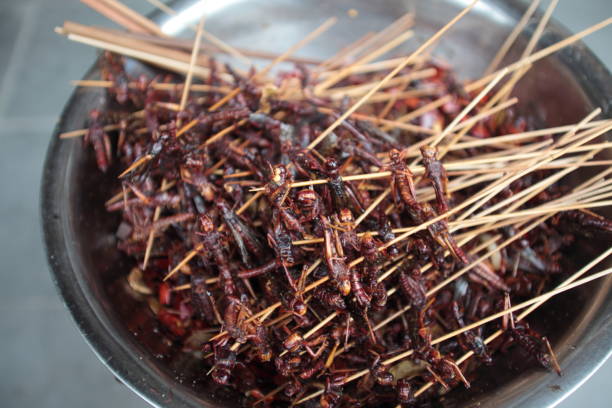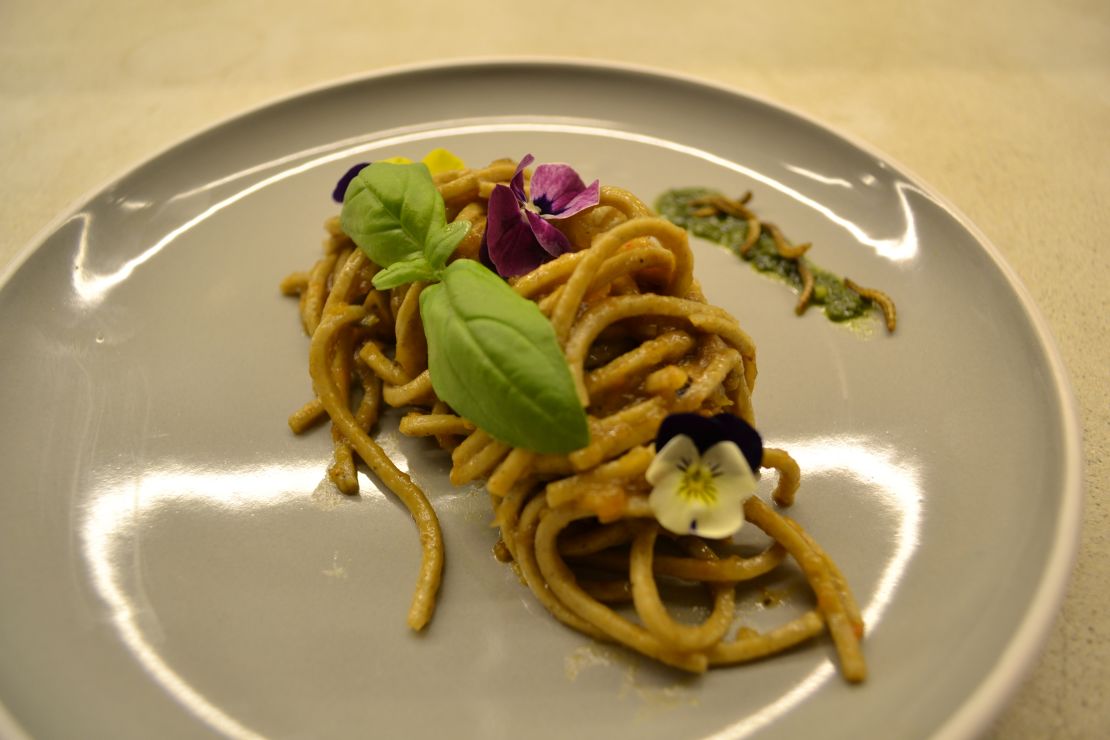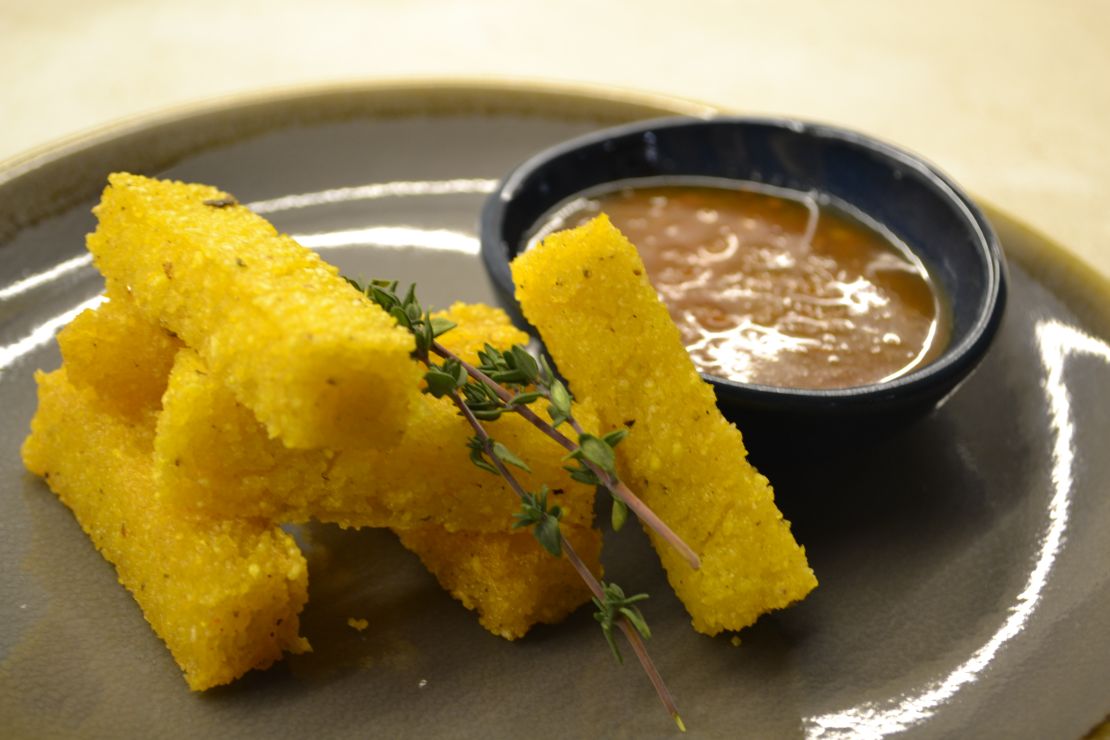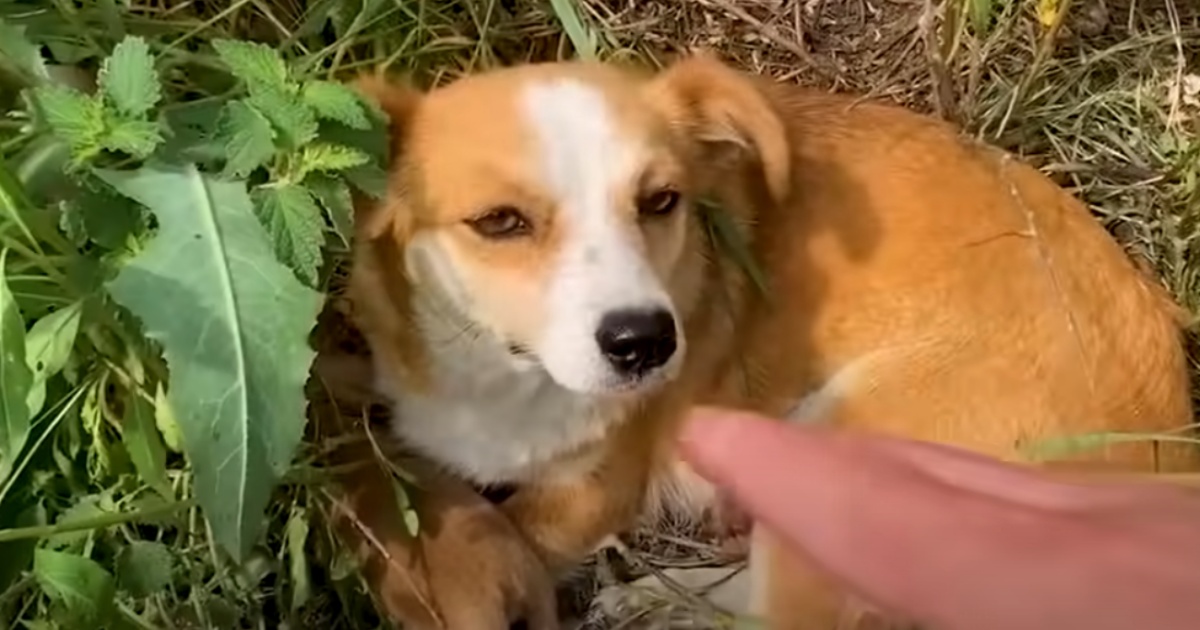
In the mood for silkworm satay? Or how about nasi lemak served up with some crispy crickets on the side?
Singapore’s state food agency has approved 16 species of edible insects for sale and consumption in the country, according to a July 8 public circular addressed to food traders.
“With immediate effect, SFA will allow the import of insects and insect products belonging to species that have been assessed to be of low regulatory concern,” the Singapore Food Agency (SFA) said in its release.
Insects approved by the SFA include locusts, grasshoppers, mealworms and several species of beetle. “These insects and insect products can be used for human consumption or as animal feed for food-producing animals,” SFA said, adding that insects could not be “harvested from the wild.”
“Documentary proof (is needed to show) that insects are farmed in premises regulated by the Competent Authority,” SFA said.
CNN has reached out to SFA for additional comment about the new regulations.
A spokesperson said that insects not on listed would “need to undergo evaluation to ensure they can be used for human consumption.”

Like much of the world, eating insects in Singapore remains a novelty. Researchers have recorded more than 2,100 edible species of insects – many of which are packed with important vitamins and minerals and serve as a sustainable source of high protein in contrast to methane-producing livestock.
“Insects are an overlooked source of protein and a way to battle climate change,” according to a 2022 report by the World Economic Forum. “Our consumption of animal protein is the source of greenhouses gas and climate change. (Consuming) insects can offset climate change in many ways,” researchers said.
Grasshopper tacos are served as a popular delicacy in parts of Mexico.
Ants, crickets and even tarantulas are commonly eaten in other Southeast Asian countries like Thailand and Cambodia.
Live insects are commonly sold in Singapore as food for pets like songbirds and reptiles, but they could be a new and exciting option for human diners. Local chefs, restaurants and food and beverage companies have been experimenting with different ways to safely serve up insects in dishes like salted egg crabs with superworms and products like protein bars.
“As the insect industry is nascent and insects are a new food item here, SFA has developed an insect regulatory framework which puts in place guidelines for insects to be approved as food,” SFA said.

Insect-only eatery aims to make bugs palatable

Bugs have a lot of potential – as a food source.
The average diner may be skeptical, but that’s the position of food scientist Leah Bessa and her partners.
Their South Africa-based company, Gourmet Grubb, produces ice cream made from an insect-based dairy alternative they’ve named EntoMilk. It’s made from Hermetia illucens, the black soldier fly.
And since June, they’ve been operating a pop-up food concept in Cape Town called The Insect Experience, where dishes featuring insects are plated with the same care and precision as any gourmet delicacy.
“We sort of wanted to try and create a viable protein alternative that is sustainable and ethical and could really create quite a positive change going into the future,” Bessa said.
There are more than 1,900 known edible insect species consumed around the world, according to the Food and Agriculture Organization of the United Nations.
Edible insects are incredibly healthy, according to Bessa. They’re high in protein, for one – a quality protein that has the right amino acid profile for human consumption. They’re also high in iron and zinc, high in fiber, and they have a healthy fat profile.

In other words, edible insects have high potential as a sustainable source of food.
“Insects are very underutilized or not really very well understood, so we really wanted to try and highlight their potential. And also their taste, as well, because you know people don’t really know much about them, what they taste like, how they can be used,” Bessa said.
Chef Mario Barnard is behind dishes such as mopane polenta fries – polenta fries made with flour created with mopane worms, then sprinkled with mopane chili salt.
“We try to make it as visually pleasing for everybody to just introduce it. It helps with your mental block,” Barnard told CGTN.
While an unusual ingredient in some parts of the world, eating insects is nothing new.
Approximately 2 billion people globally consume insects, according to the UN Food and Agriculture Organization. They’re primarily consumed in parts of Asia, Africa and Latin America and have always been included in human diets.
But broader interest in entomophagy – the consumption of insects by humans – is growing as the global demand for food strains resources.

And chefs are incorporating them into creative dishes.
So far, mostly locals have popped into the GoodFood food hall in Cape Town’s hip Woodstock suburb to sample the creations at The Insect Experience, touted as South Africa’s first restaurant to focus exclusively on insects.
The pop-up was originally slated to close by the end of August, but Bessa and her partners now hope to keep it open through the middle of 2020, possibly springing up every few months in new locations.
Most of the insects used at The Insect Experience come from South African farms, Bessa said. The only exception are the mopane worms, a southern African delicacy that are sourced from neighboring Zimbabwe.





























:max_bytes(150000):strip_icc():focal(759x376:761x378)/king-charles-iii-Oratory-of-St-Philip-Neri-2025-090325-be79db4d711748fc96817da94d923d5e.jpg?w=1200&resize=1200,0&ssl=1)











